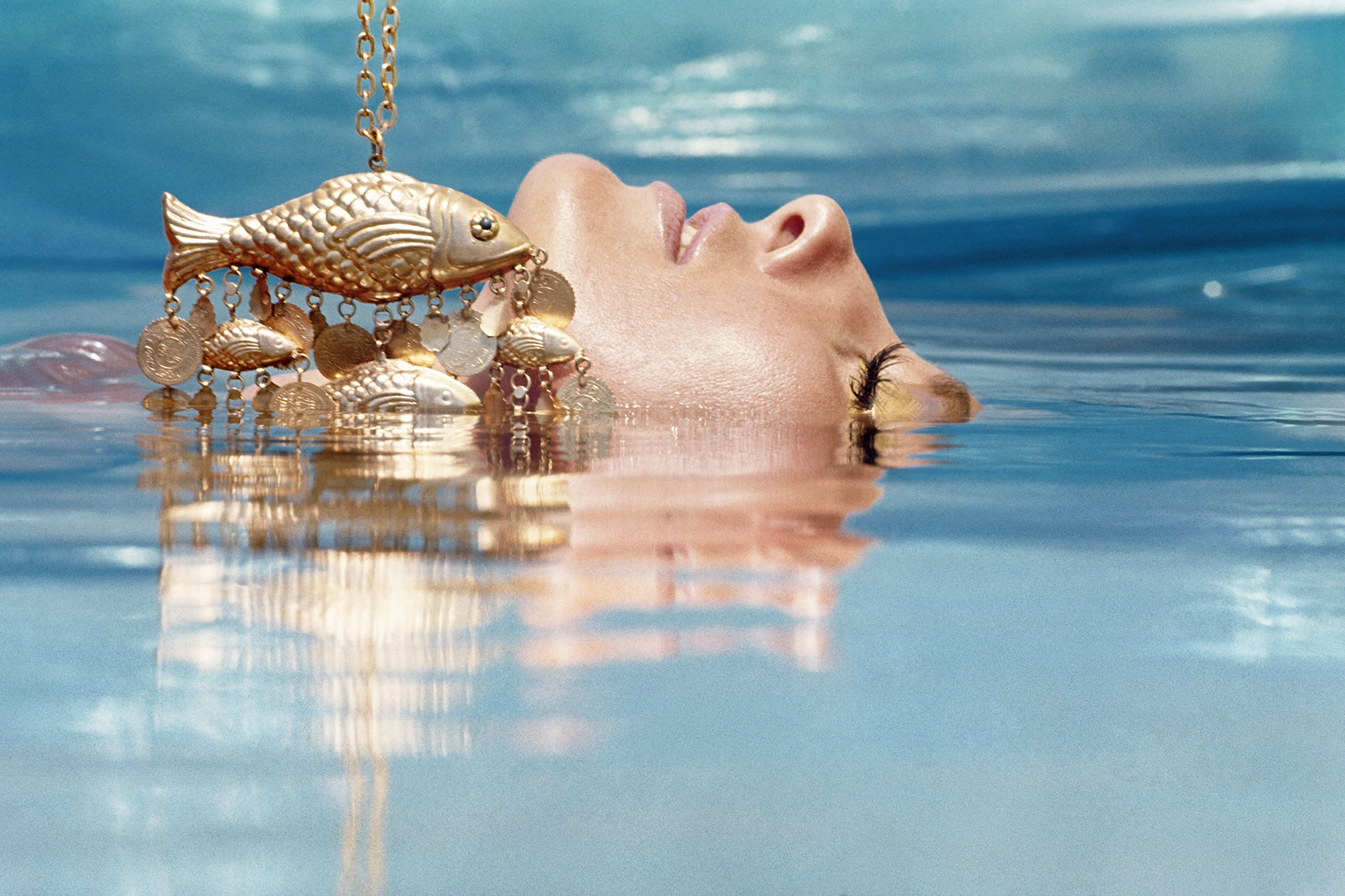Photographer Gian Paolo Barbieri was just eight years old when Italy surrendered to the Allies in 1943, just months after fascist leader Benito Mussolini was deposed by his own party. The dictator, who would meet his brutal demise two years later, had dragged the nation into a disastrous war it did not want to fight, resulting in a series of defeats that reduced the country to ruins, the likes of which rivalled what remained of Caesar’s empire.
But Italy rallied and, after a period of unprecedented growth, re-established itself as a powerhouse of arts, culture, and business on the world stage. By the early 60s, the country was experiencing a renaissance that catapulted it to mythic heights. “Those were the years of the economic miracle, and Italy was a singular blend of ancient and modern,” Gian Paolo remembers. “Rome in particular, with its streets, bars, restaurants and nightclubs, set the stage of the ‘dolce vita’, with newspapers, photographs, and films playing the leading parts.”
The world soon got a taste for the Eternal City’s rebirth as seen through the lens of Federico Fellini’s La Dolce Vita, a masterpiece of beauty, glamour, desire, and despair. The movie follows a dapper columnist over seven days and nights as he traverses Rome, revelling in the pleasures of ‘the sweet life’ on a fruitless quest for love and happiness. What it lacked in structure, it made up for in spectacle; replete with dazzling vistas, beautiful women, reckless passion, and beguiling symbolism foreboding a devastating end, La Dolce Vita offered an enchanting look at decadence, Roman style.
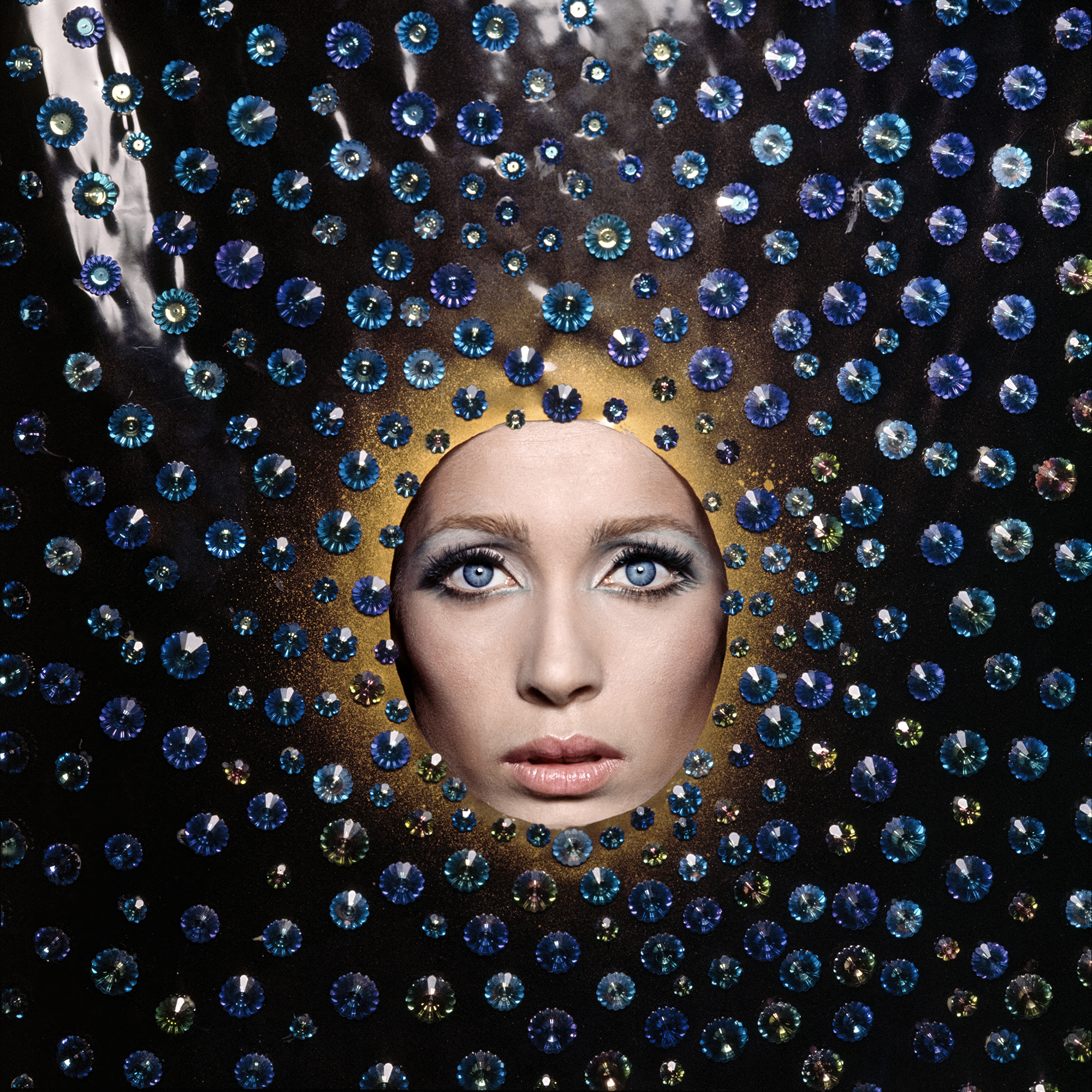
As La Dolce Vita swept through Cannes and the Academy Awards, Gian Paolo was living the sweet life in real-time, moving through the very social circles the film chronicled. He came to Rome seeking his dream of becoming an actor after falling in love with film and theatre while growing up in Milan. “I remember my brother taking me to the cinema in Via Cantù one night when I was still young,” he says. “I was awed by those black-and-white images moving across the white canvas — it was a revelation, like a bolt of lightning. I remember every scene in the film; it was called The Hurricane, starring Dorothy Lamour and Jon Hall, and I fell in love with the South Seas. For me, that discovery was a gift for life.”
Inspired, Gian Paolo and his friends formed “Trio” to reenact plays and films they had seen in the theatre. “My greatest ambition was to become an actor but photography always accompanied my days,” he says. Gian Paolo took over the cellar in the family’s building and turned it into a photo studio. Drawing early inspiration from film noir and directors like Orson Welles, he would buy Hollywood magazines and try to replicate the cover photos. “I experimented with the use of light, placing light bulbs borrowed from a bedside table inside a stove pipe, trying to imitate what I’d seen at the cinema and theatre,” he says. “That was useless.”
Yet Gian Paolo remained undeterred. His passion guided him on a singular DIY quest: costumes, sets, scenery, and lighting — whatever was needed, he would do. His dedication to the craft consumed his life. Born to a family of luxury textile merchants, he was surrounded by raw materials he could use for his art. “Having lost a year of school because of my activities at the theatre, I worked during the day helping my father, who had a textiles wholesale warehouse, and studied alone at night,” he says. “Whenever I got the chance, I would steal the fabrics I needed to create costumes for characters we had chosen to play. Afterwards, we would take pictures: from Shakespeare to Victor Hugo, La Traviata to Sunset Boulevard, Moulin Rouge to Antony and Cleopatra… and many more.”
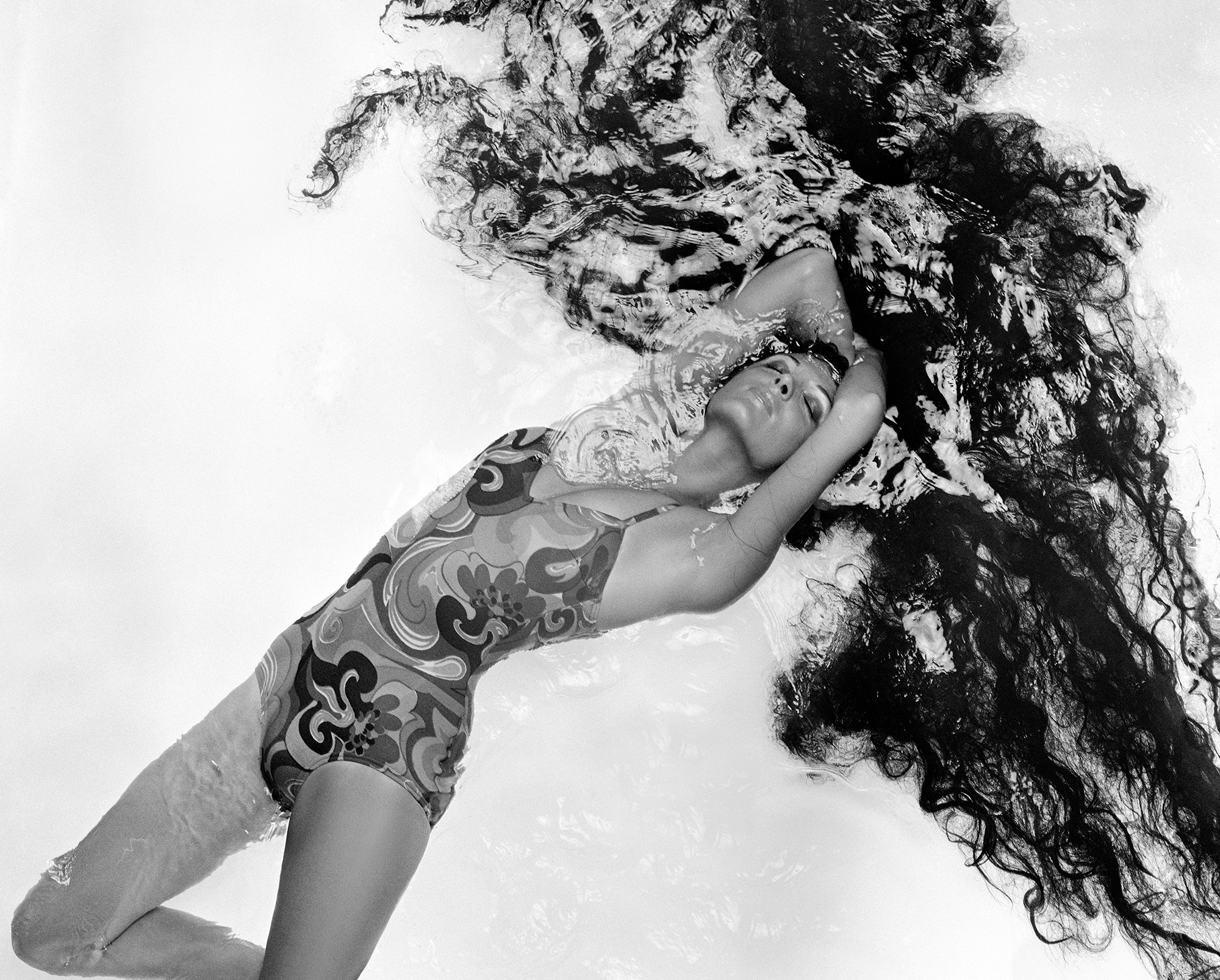
Every night Gian Paolo returned to the theatre to see the shows. Around age 15, he learned they were often looking for extras at the Manzoni Theatre in Milan, and made a daily trip to see if he could finally break into show business. One day, fortune struck: they were looking for particularly tall extras to play the King’s guards, and Gian Paolo fit the bill. “I showed up to the auditions, and when the head extra saw me, he said I was perfect for the part of the King’s son in the film Medea,” he says. “I couldn’t believe it: I was going to have the honour of working with the great director Luchino Visconti and Memo Benassi, who played the King. The set designer for the production was Mario Chiari, one of the greats at the time.”
With his dreams coming to fruition, Gian Paolo made the leap and moved to Rome to break into the film industry. To support himself, he took photos of the starlets of Cinecittà, developing the film in a darkroom he constructed at his boarding room flat. By that time, Gian Paolo was well versed with the city, having had his first taste of Rome’s sweet life at the invitation of an antique gallery owner for whom he had been working in Milan.
“He often invited me to his Roman home, which was part of that circuit of houses that hosted parties for the world that the Dolce Vita had created,” he says. “On one of these occasions, a very elegant gentleman came in, watched me for a while and then introduced himself. He asked me if I was related to Barbieri Tessuti, because he supplied my father with silk. His name was Gustav Zumsteg of Abraham Tessuti. He asked me what I was doing in Rome and what my hobbies were. I listed my passions to him: painting, ceramics, photography…”

Gustav immediately took notice and asked to see Gian Paolo’s work. “I explained that they were simple photos of little interest that I had taken during my stay in Rome just to make ends meet,” he says. “I showed them to him anyway, and I still remember his exact words: ‘You have amazing sensitivity — you’re truly cut out for fashion.’ I was quite surprised as I didn’t even know what fashion was. It didn’t exist yet in Italy; the magazines bought ready-made photo shoots packaged and sent from France. So the idea stuck with me, and it made me go back to Milan with the desire to start working in fashion photography.”
A few months after Gian Paolo returned to his hometown, he received a letter notifying him to report at 11 am in Paris to Tom Kublin, a photographer who worked for Harper’s Bazaar, whom he would assist in shooting the collections. On the first day, he showed up in his best outfit: a blue jacket, tortoiseshell glasses, a pair of church shoes — but Tom was unimpressed. “He immediately told me that I was never to show up dressed like that again and that I was on trial for two days,” Gian Paolo says. “If my work were satisfactory, I would stay on for the collections; otherwise, I would have had to go back to Milan. They were the hardest days of my life; during this time, however, I learnt everything about photography and fashion.”
After Tom died unexpectedly, Gian Paolo returned to Milan with a desire to begin working on his own photography. He found an attic room to rent in Viale Majno, where he made his first test shots of models and portraits of women from aristocratic families. His family did not approve of his career path, preferring Gian Paolo find stable work as an accountant. But the young artist was determined to pursue his destiny. “Having neither the emotional nor the financial support of my family, I had to support myself,” he says. “But I didn’t let this get me down; quite the opposite. I was ready to make the necessary sacrifices.”
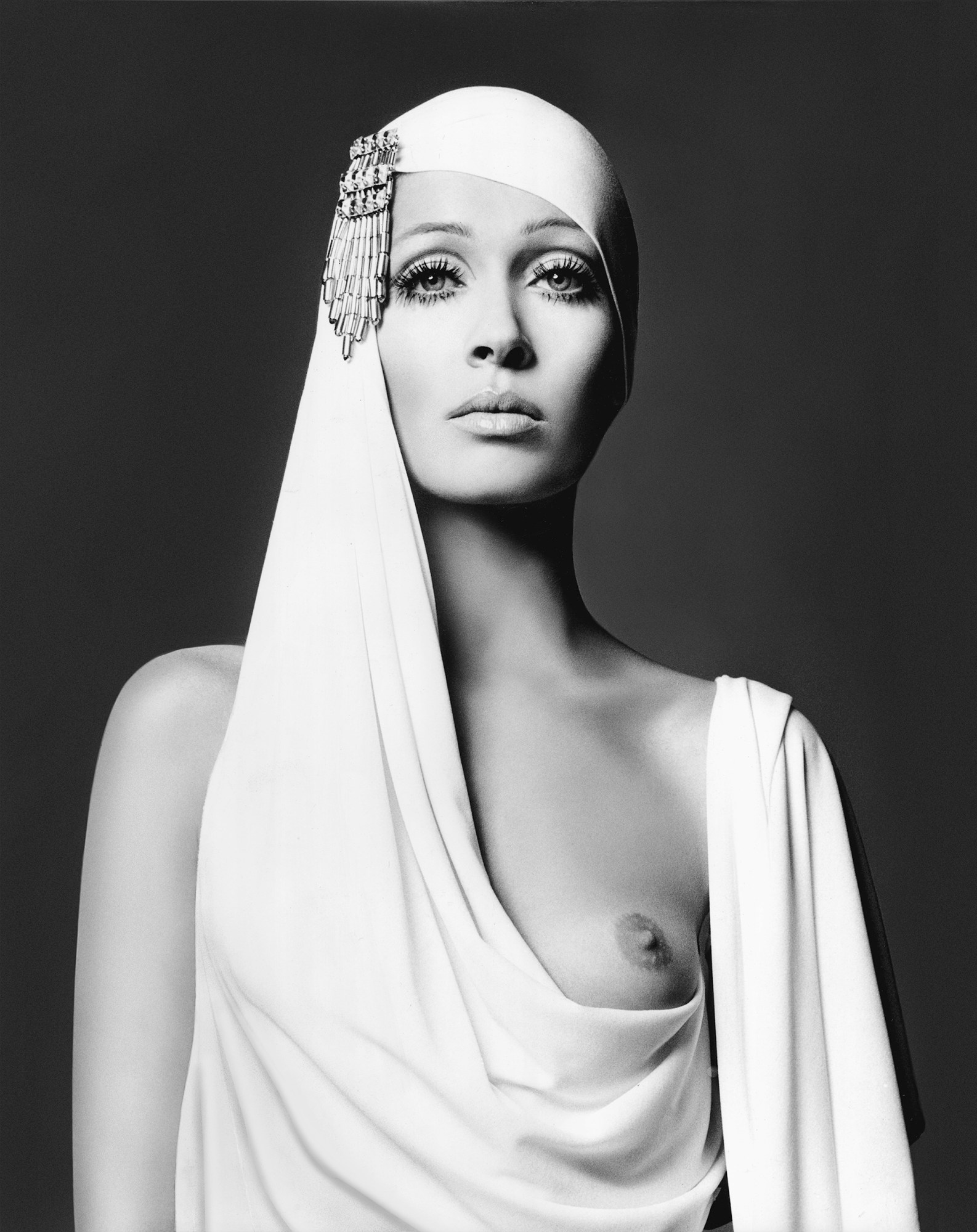
Gian Paolo began showing the test shots to flagship magazines of the day like Linea Italiana and Novità. “I got to know the director Lidia Tabacchi who took a shine to me and gave me an entrée into that world through commissioned jobs. I started working more than ever before, and then I shot the first cover of Italian Vogue when Novità was bought by Condè Nast in 1965,” he says.
Standing at the vanguard of a new generation of fashion photographers, Gian Paolo made his mark combining a lifelong love of theatre, cinema, fantasy, grandeur, and spectacle in his groundbreaking work. Now the new exhibition, Unconventional, celebrates his extraordinary contributions to the form, spotlighting his works that are as mesmerising and layered as a Fellini film.
Like the great auteur, Gian Paolo weaved humour, imagination, dreams, and fantasies into a phantasmagorical tapestry in his imagery. “Fellini told the story of a world that tried not to lose its innocence and purity before transforming more and more into a superficial shell of a world slipping away towards ruin,” he says. “This is exactly what I’ve tried to convey in my photography: a vision of a world that perhaps did exist, or which belonged only to the collective imagination, yet one which at the same time spoke of real life.”
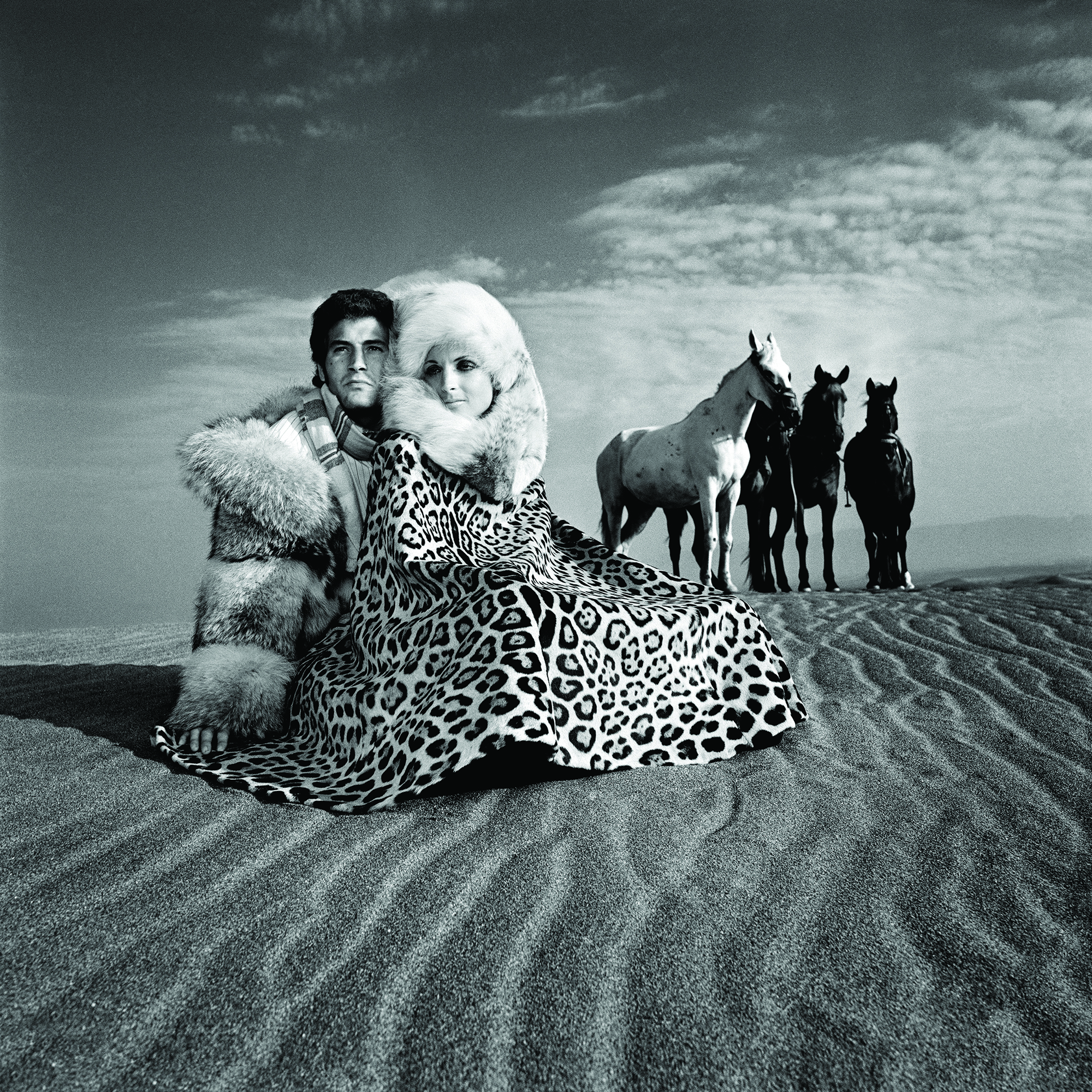
Gian Paolo also looked to the work of his contemporary, Richard Avedon, who embraced unconventional styles that emerged with youth, each new generation staking its claim to the visual landscape and reinventing it on their own terms. “I admire Avedon’s gift of giving equal dignity to both the ‘frivolous’ images of the fashion industry and the ‘challenging’ images of current affairs,” he says. “The contrasts of elegance and beauty on the one hand, and brutality and suffering on the other, are attenuated by compositions on the brink of perfection.”
Recognising the infinite possibilities of fashion photography, Gian Paolo constructed exquisite worlds that occupy the liminal space between fiction and fact by transforming photo shoots into film sets where models played roles traditionally ascribed to actors. “Dreams are made of what advertisements sell,” he says. “And it is specifically thanks to the statements made by the media, by pop culture and miniskirts that a new female figure emerged, one who gradually abandoned a formal label in favour of a greater expression of freedom. I was right in the middle of this rapid growth and certainly drawn to the changing role of women, so all I did was try to bring this aspect to the fore in my photos. My goal was to make sure women stood out as strong as possible, as warriors who had fought their way to get where they were, to be women.”
Now 85, Gian Paolo looks back at this golden age with reverence and gratitude for the freedom he enjoyed, while recognising that change and evolution are essential elements to creativity. “There is no limit to extravagance, desires can become reality, and art can colour all its facets,” he says. “Discovery is the main engine that drives knowledge. Never stop being curious, always pay attention to what’s going on around you. Never stop believing in what you love.”
‘Gian Paolo Barbieri: Unconventional‘, is on view through 23 April 2023, at The 29 Arts in Progress gallery in Milan. Works from the exhibition will also be on view at PhotoLondon. 11-14 May, 2023, at stand G25, Courtyard Pavilion.
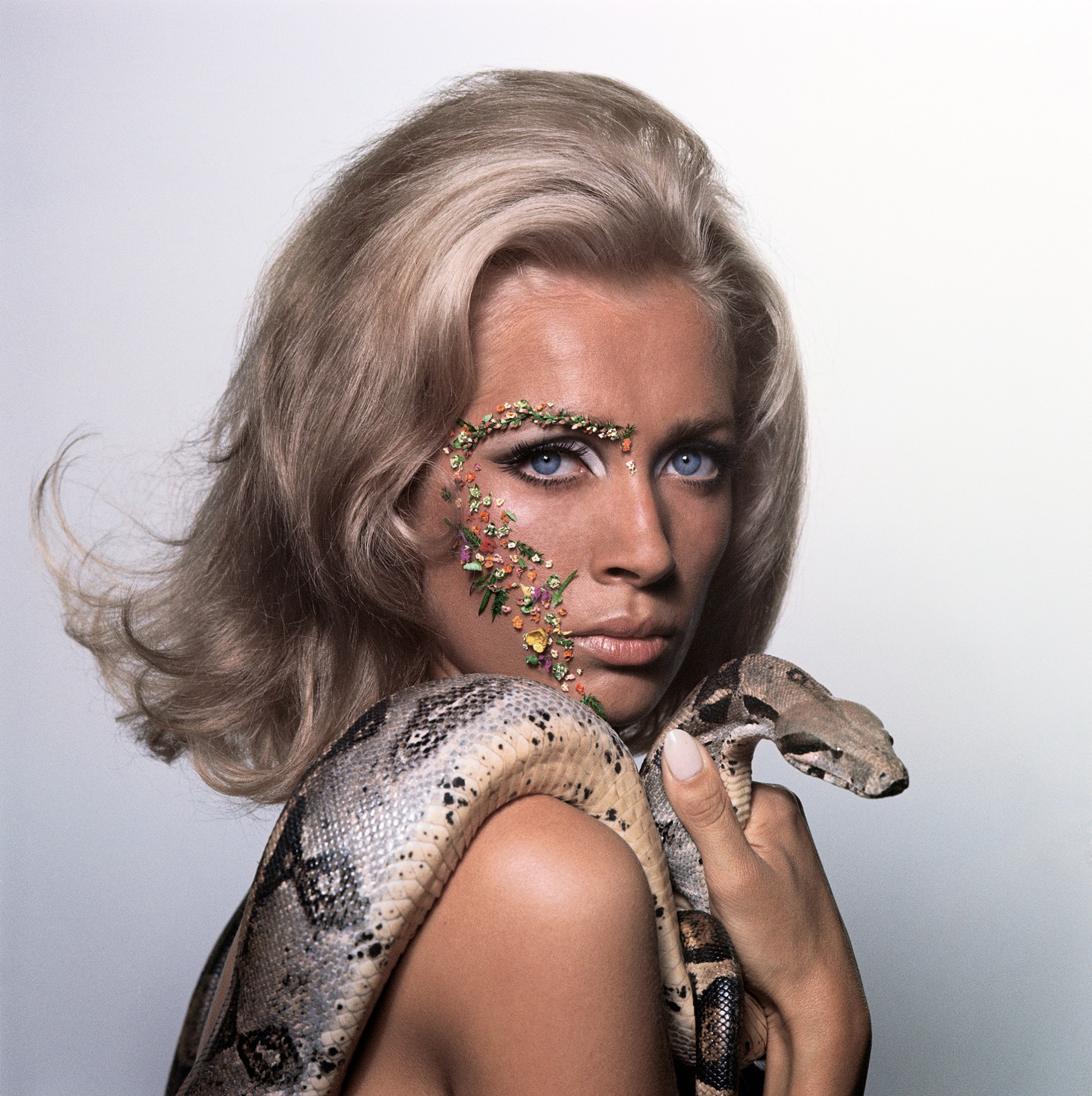

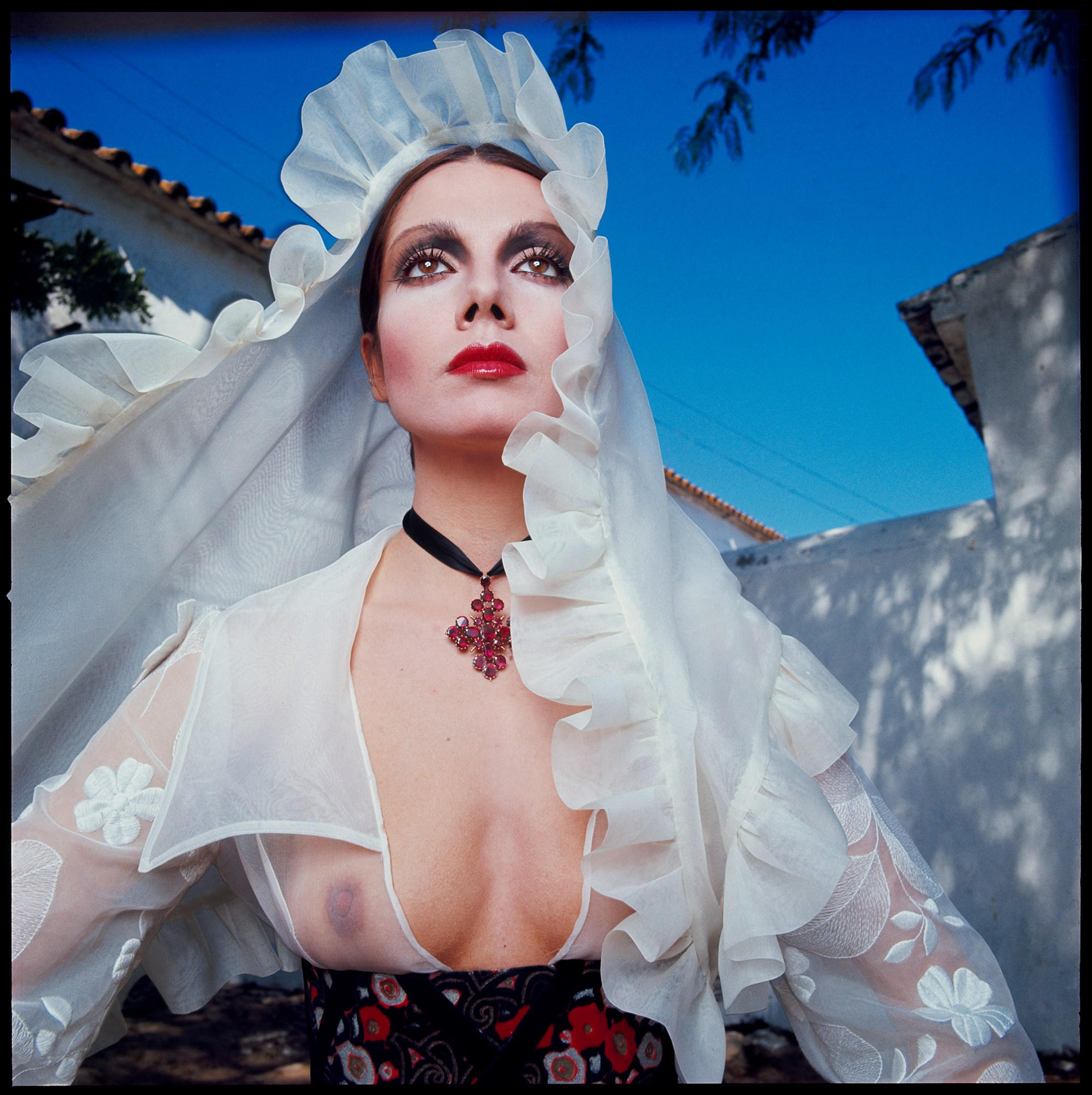
Credits
All images © Gian Paolo Barbieri, courtesy of the Fondazione Gian Paolo Barbieri- 29 Arts in Progress.
